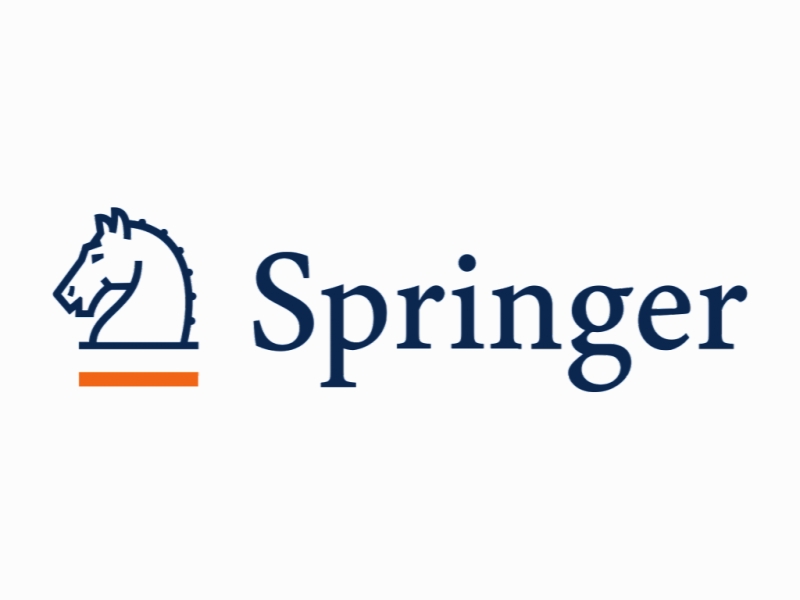قیمت گذاری حق بیمه در B2C و B2B Thoughts: premium pricing in B2C and B2B
- نوع فایل : کتاب
- زبان : انگلیسی
- ناشر : Springer
- چاپ و سال / کشور: 2018
توضیحات
رشته های مرتبط مدیریت
گرایش های مرتبط بازاریابی، مدیریت کسب و کار، بیمه
مجله درآمد و مدیریت قیمت گذاری – Revenue and Pricing Management
دانشگاه Hinterhuber & Partners – Innsbruck – Austria
منتشر شده در نشریه اسپرینگر
کلمات کلیدی انگلیسی Pricing, Luxury products, Premium products, Value-based pricing, Value quantification
گرایش های مرتبط بازاریابی، مدیریت کسب و کار، بیمه
مجله درآمد و مدیریت قیمت گذاری – Revenue and Pricing Management
دانشگاه Hinterhuber & Partners – Innsbruck – Austria
منتشر شده در نشریه اسپرینگر
کلمات کلیدی انگلیسی Pricing, Luxury products, Premium products, Value-based pricing, Value quantification
Description
Introduction In this paper we summarize current research and future directions for research on premium pricing. We define premium pricing as a pricing strategy that results in prices that are high in relation to both competitor price levels and customer value (see Fig. 1). The defining element in our view is that both conditions need to be fulfilled: some companies set prices high relative to competitor price levels but low relative to customer value. For example, for a particular type of industrial bearing, SKF sets prices 50% higher than direct competitors (US $15 vs. $10) but captures only a relatively small share of customer value (17%, or $5 of $30 in incremental customer value; Hinterhuber and Snelgrove 2016). Other companies set prices low relative to competitor price levels but capture a high share of customer value. IKEA falls into this category: prices are low vis-a`-vis key competitors but high relative to customer value: the overall quality and durability of IKEA products are arguably low. Other companies set prices low relative to both competitor prices and customer value: low-cost airlines are prominent examples. Premium pricing requires high prices relative to both competitor price levels and customer value: luxury product pricing in B2C and pharmaceutical new product pricing in B2B clearly fall into this domain. The pharmaceutical company Spark Therapeutics, for example, is launching its new gene therapy against a rare disease at a price of $850,000; in an interview, Mr. Marrazzo, the company’s CEO, states that ‘‘the value of a therapy like this is in excess of $1 million’’ (quoted in Crow 2018, p. 1). Dubbed ‘‘the world’s most expensive drug’’ (Crow 2018, p. 1), this product clearly carries a high price, relative to both competition and customer value. Premium pricing has its own, defining challenges. In this paper we outline some of these challenges, first for B2C and subsequently for B2B premium products.


